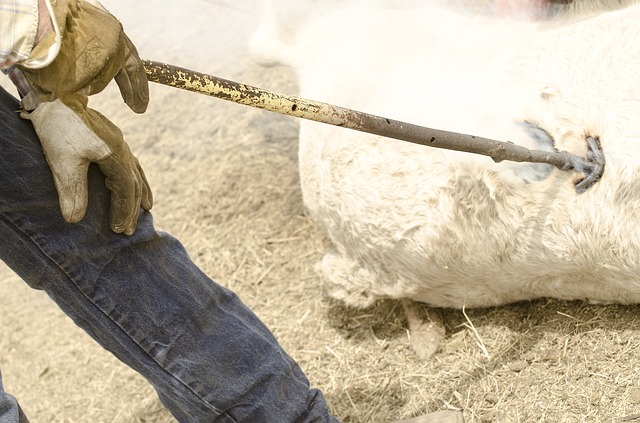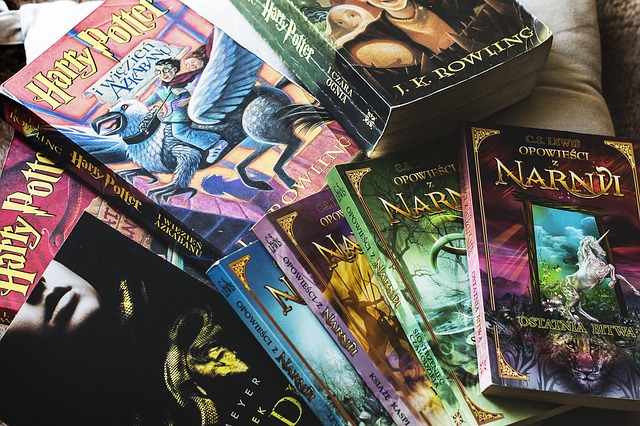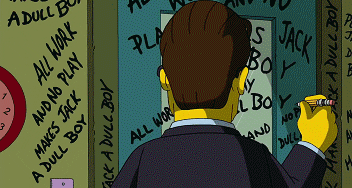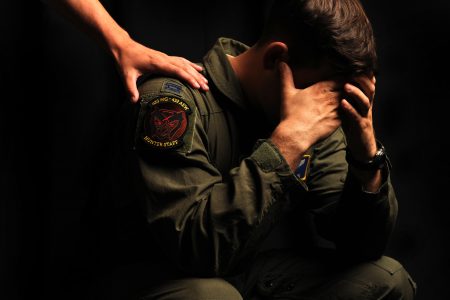When I start pecking at my keyboard, I generally have a good idea of what I’m writing about. Not that I claim to be a scholar like Tolkien, but I have the internet at my fingertips and a library down the road. Meaning, I do my research.
The reason I bring this up stems from a comment I received regarding Samara’s age in The Unfettered Child. The commentator suggested that I make her 14 or 15 to better fit with the story.
I can appreciate someone not wanting to read about an 8-year-old child, but Samara’s age is perfect for my story. Here’s why:
Age and Culture
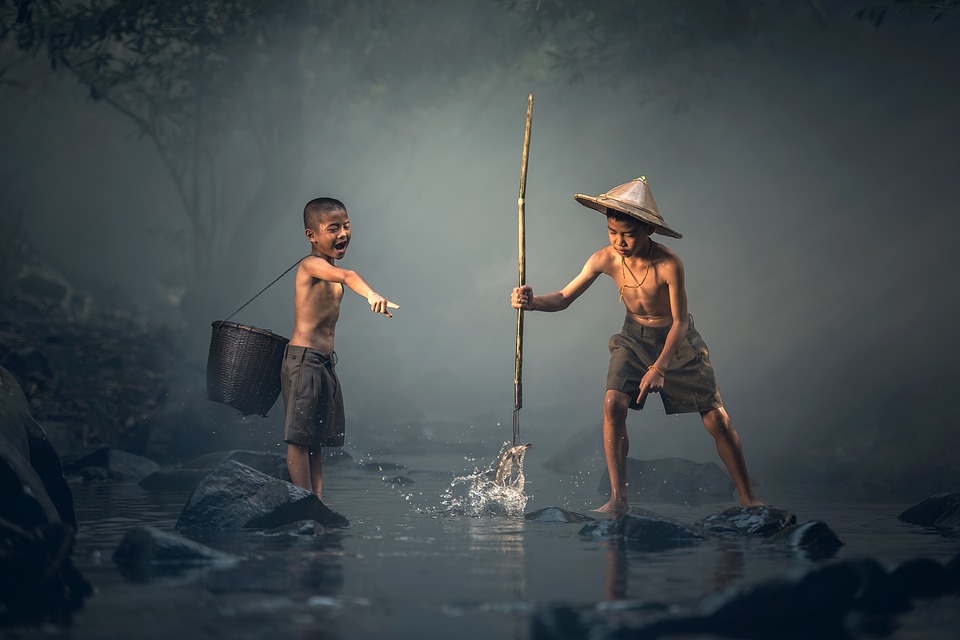
Historically (especially in primitive societies like Samara’s), adulthood was attained at the onset of puberty and was expected by then. In many cases, this meant around the age of 10 or 11 years old. To put it quite plainly, a 14-year-old Samara would have been several years into adulthood, probably married, and may have had a child or two of her own. Much too old for the story I intend to tell. Click here for more information; or here for additional information.
This doesn’t answer the full spectrum of the comment either.
Maturity
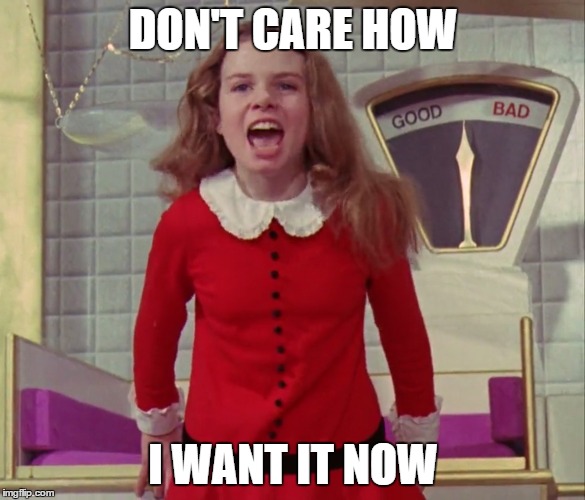
I know that here in America and in most first-world countries, we spoil children (and ourselves) with the modern conveniences provided to us, and thank God for that. I’m really glad that my children have the opportunity to grow up free from the hardships that the nomads might consider normal.
However, even in our country, some children suffer. Hardship slinks its way even into the best the world has to offer. What happens when children experience hardship? They mature . . . quickly.
Before I even get into the maturity of children that experience hardships or live it on a regular basis, I want to point out that even my spoiled rotten children regularly display maturity and critical thinking. My 10 year old has had a vocabulary that could put many adults to shame, and has for two years now. He also mingles with our adult friends, preferring their company to that of children his own age, and they in turn treat him as a peer.
But back to hardships. Samara’s story, short of the fantastical side of it, echoes parts of my own. I was a year younger than Samara when my mother passed away. My father was 57 at the time and had little in the way of help. As the oldest of my siblings, I had to grow up quickly and learn the importance of responsibility.
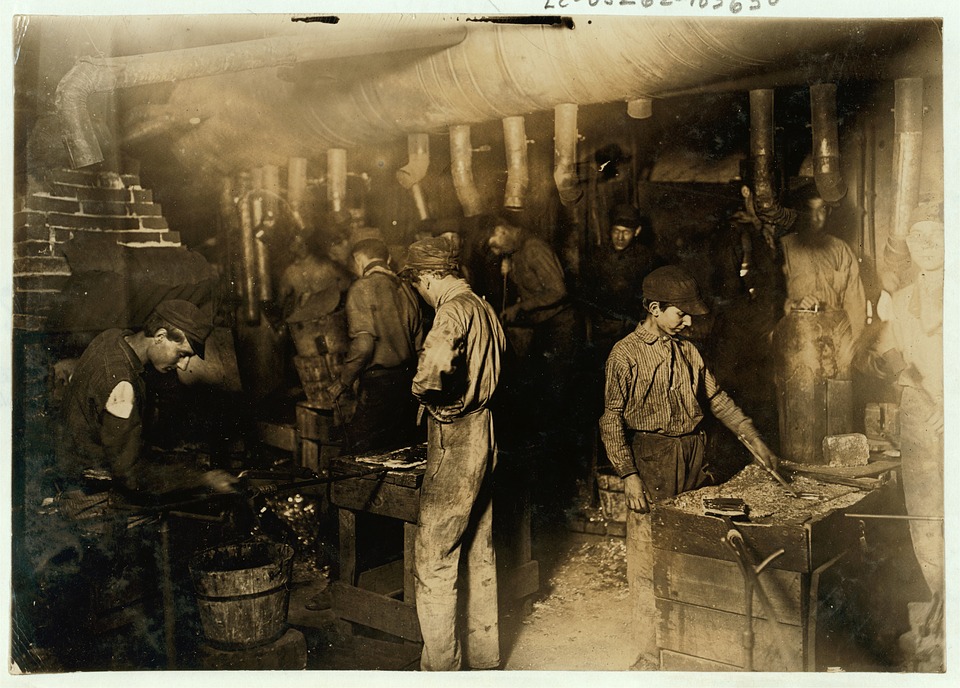
Plenty of documentation exists concerning the way of life for children in tribal societies. These children are well on their way to adulthood long before some of us begin high school.
So no. An older Samara would be out of place in my story, and historians and sticklers for accuracy would poke holes in the story had I made her older just for the comfort of those who cringe at the idea of children experiencing such hardship.
Do you have trouble with reading stories involving young children in terrible situations? Let me know your thoughts.
That’s all I have for now.
